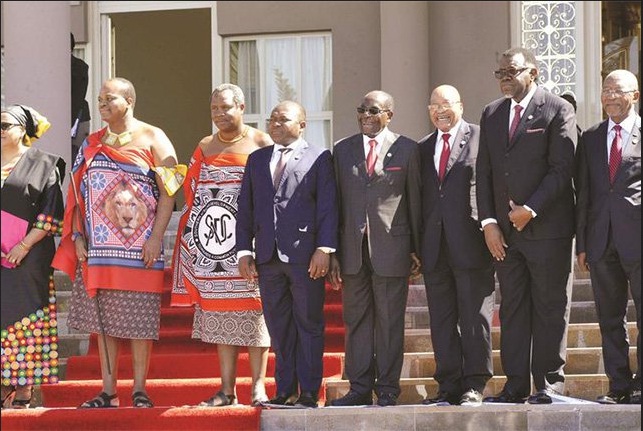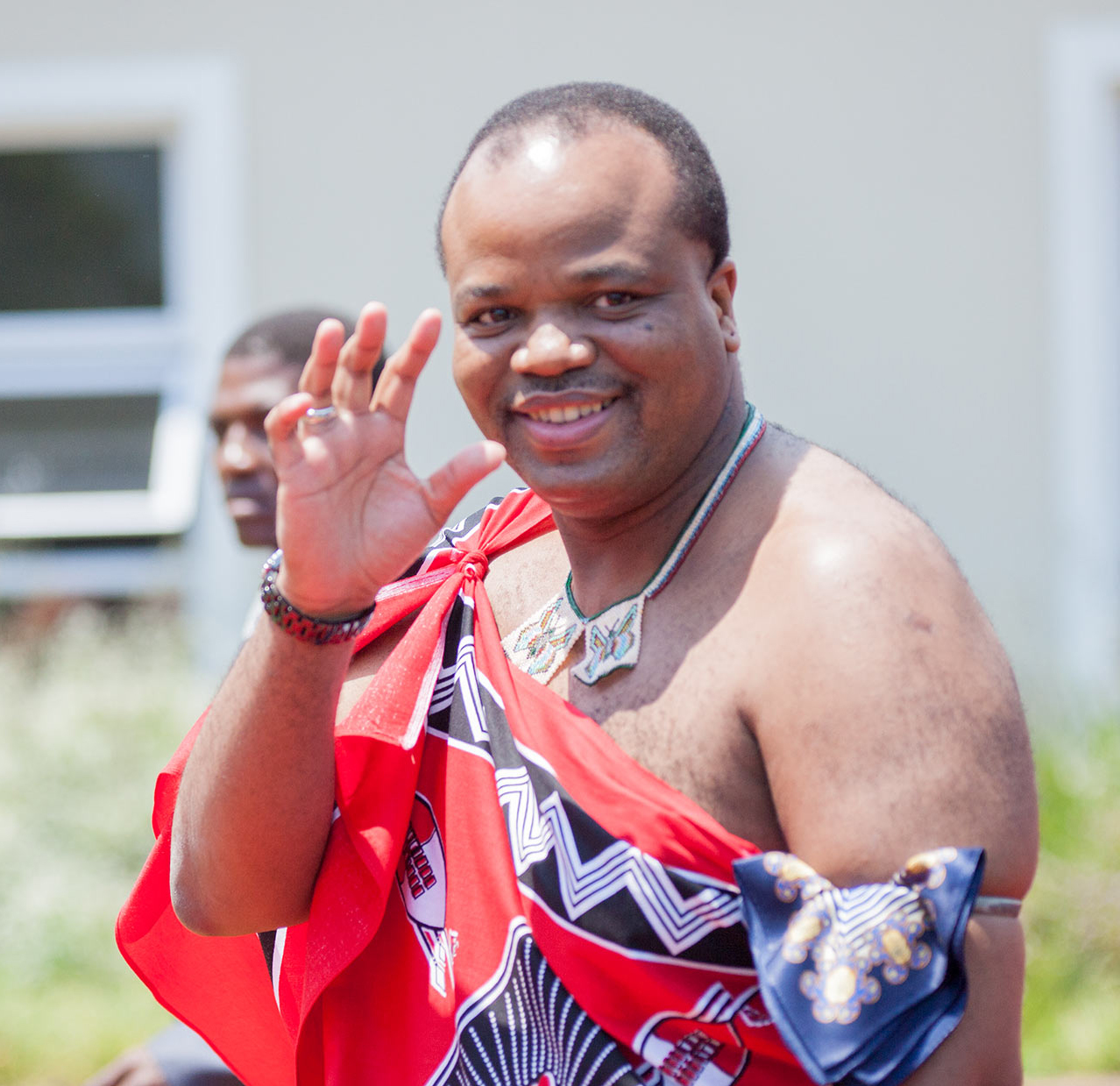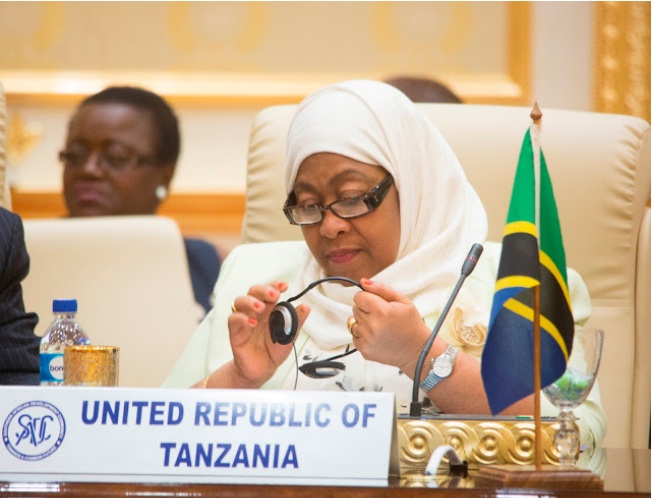
SADC Heads of State pose for a group photograph with other regional leaders at the 36th SADC Heads of State and Government Summit at Lozitha Palace, Swazi land.(Photo Credit: Zimbabwe Presidential Photographer Joseph Nyadzayo).
MBABANE, Swaziland, Tuesday, 30 August 2016 17:42: King Mswati III of Swaziland has taken over the SADC chairmanship from Botswana President, Lt General Seretse Ian Seretse Khama, whose one year term at the helm of the regional body expired.
The change of guard in the organisation was officially conducted at the opening ceremony of the 36th SADC Ordinary Summit at Lozitha Palace in Ezulwini, Swaziland this Tuesday.
Heads of state and government in attendance included President Robert Mugabe (Zimbabwe), King Mswati III (Swaziland), Hage Geingob (Namibia), Phillipe Nyusi (Mozambique), Prime Minister Pakadita Mosisidi (Lesotho), Jacob Zuma (South Africa), and the vice presidents of Tanzania and Angola.
In his acceptance speech, King Mswati III pledged his commitment to fulfill the objectives of integration agenda as set by the founding fathers, and his commitment to attaining the industrialisation goal.
He said SADC has shown its commitment to the goals by contributing to a fund that can be used to finance projects or that can be used as collateral for projects.
“SADC and the African continent as a whole had relied too much on donors and some of the projects had failed to take off when partners had no money. This calls for the region to remain united and to speak with one voice at all times. SADC has a highly condusive environment for investors due to its dynamic and hardworking workforce,” said King Mswati III.
He announced the establishment of a SADC Transformation University that also emphasises vocational and technical training of students to promote innovation.
The SADC Chair also said his government will establish a scholarship for 300 students from all member countries with each country contributing 20 students.
Outgoing chairman, Lt General Seretse Khama spoke about the deteriorating water situation in the region exacerbated by the El Nino induced drought, adding that 40 million people in SADC are food insecure. He also spoke about resolving the problem of poaching and illegal trade in wildlife products.
United Nations Economic Commissioner, Mr Lopez said SADC is the most attractive investment destination in Africa and that, it should use that potential to uplift the lives of its people.
The SADC Summit was held under the theme: ‘Resource Mobilisation for Investment in Sustainable Energy, Infrastructure for an Inclusive SADC Industrialisation for Prosperity.’
The Zimbabwe Herald reported that the newlyappointed sadc Chair King Mswati III said numerous regional initiatives were stalling due to f unding incapacity. King Mswati III, said his “energies are focused towards raising these f unds”, and implored Member States to commit resources. He also spoke on the imperatives of f avourable investment conditions and regional unity.
The Summit theme “Resource Mobilisation f or Investment in Sustainable Energy Inf rastructure f or an Inclusive sadc Industrialisation f or the Prosperity of the Region” was built on the regional industrialisation agenda set by President Mugabe during his tenure as sadc Chair (August 2014August 2015).
King Mswati III said, “This (Summit) theme is derived out of the desire to see the numerous initiatives launched by sadc over the years becoming a reality f or the benef it of our peoples.
“We have reached a juncture where, as Member States, we need to show commitment to ourobjectives by contributing to a f und that will serve as startup capital f or our programmes andprojects.
“This fund can be used as collateral as we seek to raise f unding f rom external resources to implement inf rastructure projects in the region.”





